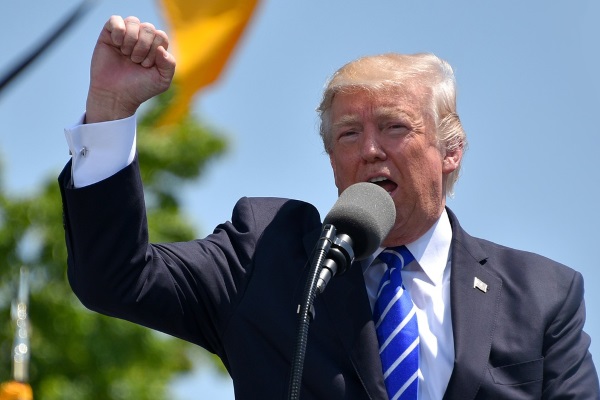
The Trump administration has formally launched its proposal to import drugs from Canada to try to reduce medicine prices in the US, once again raising the spectre of falsified or substandard medicines entering the supply chain.
The plan has two pathways, which first emerged in concept form earlier this year. One involves pharmacists, wholesalers or state governments submitting proposals to the FDA for specific imports from Canada, which would then decide whether to approve the importation based on a number of criteria, including the estimated cost-savings. That plan excludes higher-risk drugs like sterile injectables and biologics.
The second pathway is aimed at pharmaceutical manufacturers, who would be able to import drugs – including biologics – from other foreign countries, provided they are “FDA-approved, manufactured abroad, [and] authorized for sale.”
New FDA draft guidance – open for comment for 75 days – suggests a framework for how that process might work in practice, including how to obtain an additional National Drug Code (NDC) for imported products.
A perennial concern about turning to medicine imports to tackle the problem of excessively high drug prices in the US is that it could introduce a vulnerability in the supply chain that could allow unscrupulous traders to introduce counterfeit or out-of-date medicines into the supply chain.
One criticism has been that the FDA and law enforcement agencies lack the capacity to make sure that imported drugs are legitimate and of suitable quality.
The proposal says that eligible prescription drugs would have to be re-labelled with the required US labelling prior to importation and must undergo testing for “authenticity, degradation, and to ensure that the drugs meet established specifications and standards.”
The responsibility is placed on the importer to screen drugs for problems, for example whether they are “adulterated, counterfeit, damaged, tampered with, or expired,” and there must be a detailed plan in place to carry out a recall if required.
The guidance includes a section devoted to the medicine identification, verification and tracing requirements for medicines in the US enshrined in the Drug Supply Chain Security Act (DSCSA), which it notes doesn’t include an exemption for imported drugs.That means the importer would have to ensure that the imported medicines are relabelled with a serialized unique identifier (UI) code like any US-distributed drug.
“Using a stamp or adhesive sticker, the foreign seller would be required to…assign and…place [a serial identifier] on each package and homogenous case, but would not otherwise repackage or relabel the drug,” it says.
The guidance also tries to guarantee a short supply chain to minimise the risk of fraud. For instance it requires that drugs sourced from Canada that have been made elsewhere have to exported commercially into the Canadian market – not merely transshipped.
That level of interoperability could add a further layer of complexity to the DSCSA which is already viewed as being challenging to implement, and we’ll be interested to hear feedback on the proposal during the 75-day comment period.
Meanwhile, drugs would also have to be sold by the manufacture directly to a foreign seller in Canada, as the FDA would typically not have the information needed to trace products labelled for the Canadian market back to the original manufacturer.
“The short supply chain, coupled with this proposed rule’s other provisions like serialization and testing, would permit control over and transparency into the supply chain to help ensure comparable safety,” says the guidance.
It also recommends that the drug manufacturer include a statement on the product’s label and in the prescribing information to assist pharmacists to accurately identify, dispense and bill for these products.
Health and Human Services Secretary Alex Azar said: “These are historic actions by HHS and the FDA, and they represent the bold nature of President Trump’s agenda for lowering drug costs.”
The reality though is that the proposals could face years of political wrangling before they have any chance of coming to fruition, and with Democrats and Republicans alike making drug prices a key issue in the 2020 election campaigning, the chances of bipartisan support seem vanishingly small.
Canada meanwhile has made no secret of its view that such a plan is unworkable and could leave its domestic healthcare system facing medicine shortages.
©
SecuringIndustry.com





